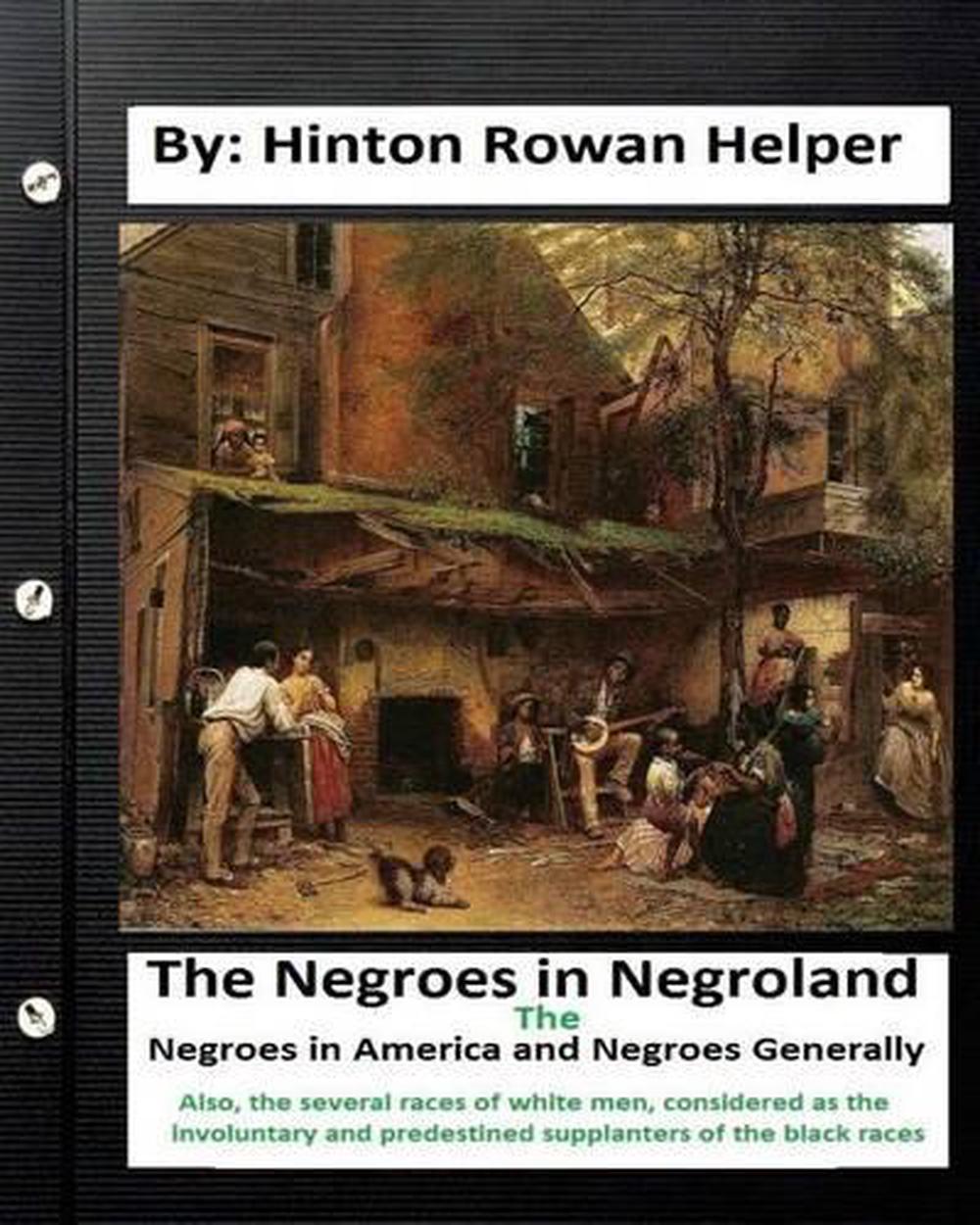

(Don't-give-a-damn Eartha Kitt was a scandal, but irresistible.) She describes her family tuning in eagerly to watch black entertainers on television - Dorothy Dandridge, Sammy Davis Jr., Lena Horne - and parsing their performances in terms of how they reflected on the race. One chapter of the book outlines the standards of feminine beauty she and her sister were acutely conscious of practically from infancy: light skin color, "keen" features, straight hair (achieved by whatever mechanical and/or chemical means). Nearly a century later, in Jefferson's girlhood, those differences in skin color still mattered.

Want more of our free, weekly newsletters in your inbox? Let’s get started. Its focus is her youth in the 1950s and '60s, shaped and enriched and restricted by her social milieu, and how that very traditional milieu came to be challenged in a changing society.

Jefferson has certainly fulfilled her family's emphasis on professional achievement: An accomplished journalist, she won the Pulitzer Prize in 1995 for her book reviews and cultural criticism for the New York Times and is now a professor at Columbia University.īut this memoir barely touches on her career, or indeed on much of her adult life. They attended integrated schools and camps and lived in neighborhoods where, she writes, "Integration meant a small number of bourgeois blacks amid bourgeois whites who'd decided their presence was acceptable."

Jefferson and her older sister, Denise, were bought up to meet exacting standards of behavior, academic performance and appearance, always conscious of representing their race. Her mother, Irma, was a social worker before she became a wife, mother and socialite. Her father, Ronald Jefferson, was a doctor, for years director of pediatrics at Provident Hospital in Chicago, the first in the country founded and run by blacks. Jefferson was born in 1947 into what was variously called the colored elite, the "blue-vein society" or, as black intellectual W.E.B.


 0 kommentar(er)
0 kommentar(er)
